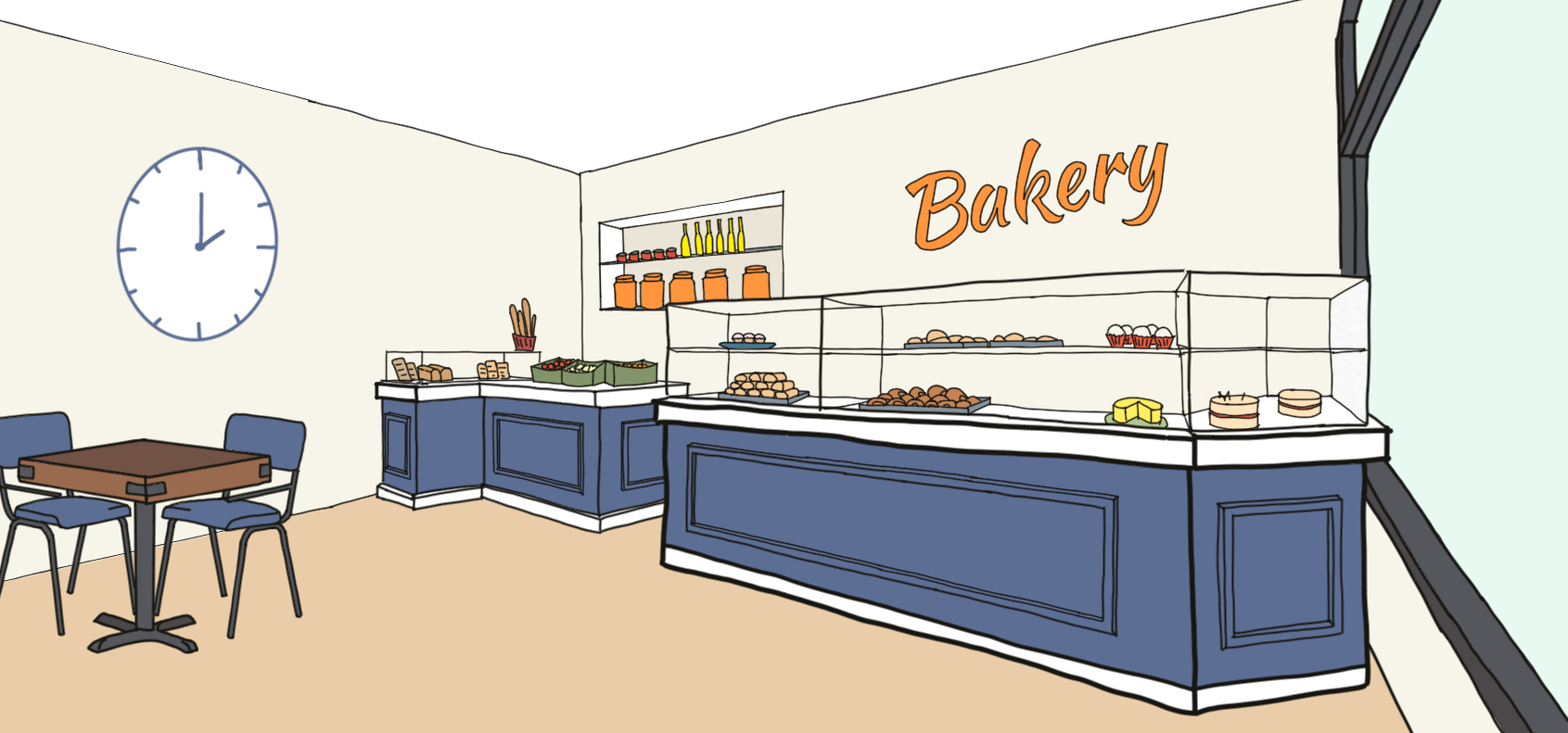The Future of Design
Image from EADDAT
Research tells us that age-friendly environments can help foster healthy and active ageing, by building and maintaining cognitive capacities across the course of our lives. This is increasingly more important as the global population is ageing; the World Health Organization (WHO) predicts that almost a quarter of the world's population will be over the age of 60 by 2050.
Image from EADDAT
DSDC has long been a pioneer in the field of dementia design, but we recognise that designing for people with dementia does more than just supporting those with a diagnosis; it supports an ageing population, and people with a range of impairments, for example sight. In other words, designing for ageing and dementia is the best practice of design.
To meet this high standard of design, DSDC has created the Environments for Ageing and Dementia Design Tool (EADDAT). EADDAT has replaced DSDC’s original Dementia Design Audit Tool, reflecting the advances in our understanding of dementia design since the original tool’s inception in 2008. Underpinned by research, the toolkit provides an international benchmark for quality design for an ageing population and those living with dementia.
EADDAT is designed to be accessible, and the toolkit supports anyone who wants to make the environments in which they live, work, or play, more inclusive for an ageing population, and people living with dementia. With versions of EADDAT for a variety of building typologies, and tiers reflecting the scale of the intervention or project, there is a version of the tool that will work for you.
DSDC's Environments for Ageing and Dementia Design Tool (EADDAT) launches on 20 September. You can find out more about the tool and how it works here, and on 20 September you will be able to access EADDAT through the resources section of our website.





